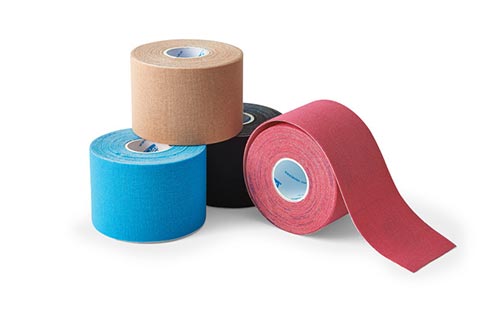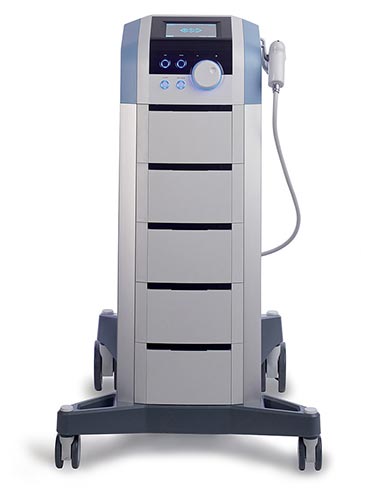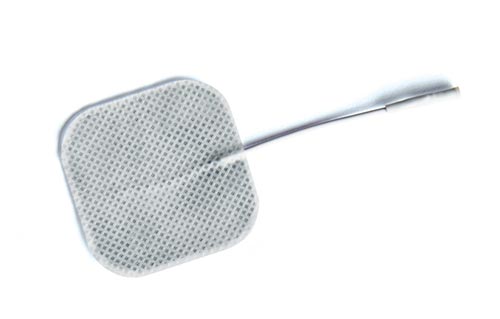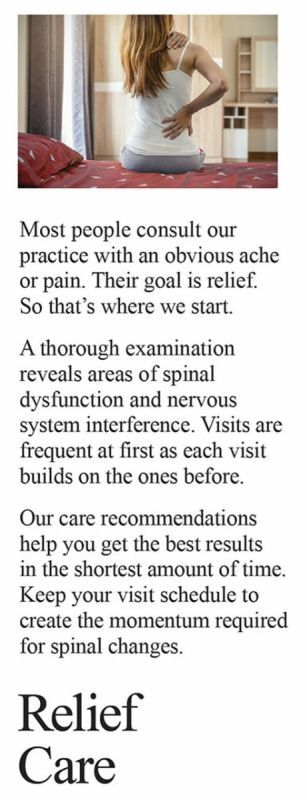Road to Recovery Poster, Laminated
SKU: ED-1240L
Les professionnels de la santé économisent sur les frais d'expédition et bénéficient d'escomptes de quantité ! — connectez-vous!
Remises sur quantité
Commandez vos fournitures en gros!
Achetez 6+, économisez 5%*
Achetez 20+, économisez 10%*
*Par SKU. Les remises sur quantité ne peuvent pas être combinées avec des promotions, rabais ou codes promotionnels existants. Les prix sont automatiquement ajustés dans votre panier. Offre exclusive aux professionnels de la santé sur des fournitures et équipements sélectionnés.
Description
Veuillez noter que les produits Patient Media Inc. par William Estebi sont disponibles uniquement en anglais.
Provide patients with a picture of what they can expect in the days, weeks, months and years ahead.
Explain the three recovery tracks (fast results, temporarily worse and steady improvement) and the likely relapse by discontinuing care once they feel better.
After a lifetime of symptom treating, most patients don't "get" chiropractic on their first time around. Until they do, use this essential report of findings chart to pave the way:
- Set appropriate expectations. In the lower left corner, point out the three possible recovery tracks (quick results, worse before getting better and steady improvement)
- Fewer missed appointments. Show the importance of consistent, frequent visits (white dots) at the early stages of care to create a “momentum for healing.”
- Improved patient follow through. Inspire patients to enjoy more complete healing beyond symptom relief by showing the consequence (roller-coaster relapse) of discontinuing care too soon.
- Neutralize the influence of third parties. "Most carriers are just interested in the red area. Which is why ‘health’ insurance is more correctly ‘sickness’ insurance, since it has little to do with true health.
- Monitor each patient’s progress. After a couple weeks of care simply ask, “So, where do you see yourself on one of my favorite chiro posters today?” Get their subjective assessment the easy way!
- Increase new patient reactivations. Get your fair share of reactivations by letting patients know there won’t be any guilt, shame or “I-told-you-so” when they return with a relapse.
Wow! Talk about a communication powerhouse!
If you’ve tried to explain these topics without the Road to Recovery chart, you’re working too hard, talking too much or both. Place in your report room and adjusting area. Multiply your impact with the coordinating Road to Recovery report of findings handout.
Road to Recovery Chart
Size: 24" x 18"


























